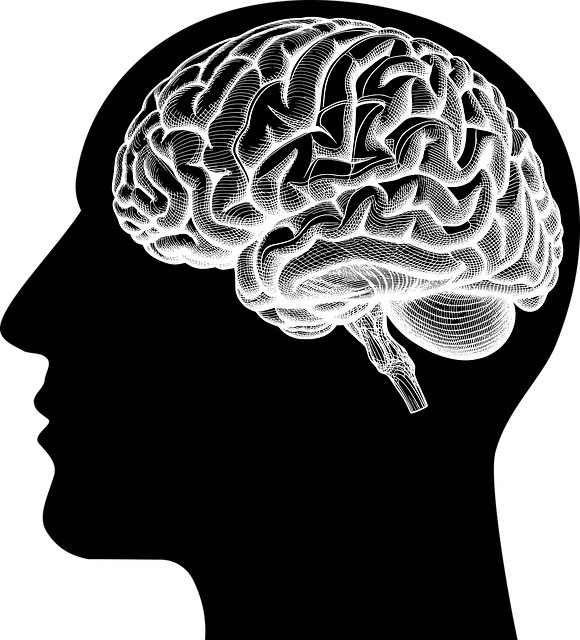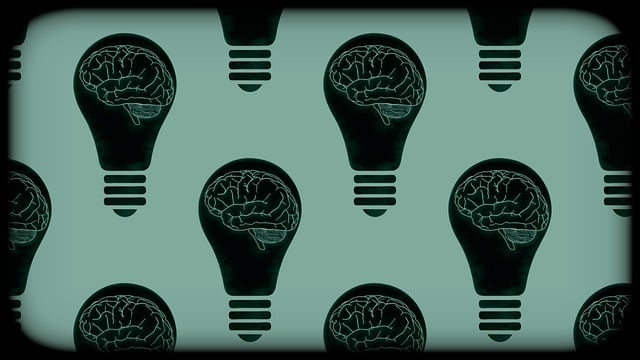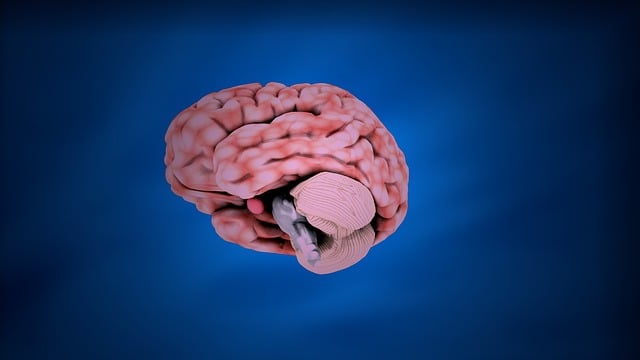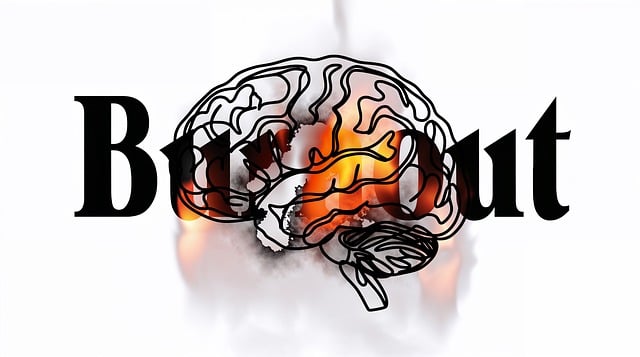Risk assessment and harm minimization planning are essential in therapeutic practices, especially for therapists using Eye Movement Desensitization and Reprocessing (EMDR) like those certified in Littleton. This process involves evaluating past traumatic experiences, coping mechanisms, and risk of re-traumatization to create personalized treatment plans. Littleton EMDR Certified Therapy empowers individuals to process and heal from trauma, reducing distressing impacts. By incorporating strategies such as Mental Wellness Journaling and Community Outreach Programs, clients gain enhanced mental wellness and resilient coping mechanisms. Effective harm minimization planning includes structured risk identification, evaluation, and mitigation, fostering resilience through mindfulness meditation, self-care practices, empathy-building exercises, and continuous therapy adjustments based on individual progress.
Risk assessment and harm minimization planning are essential components of therapeutic practice, ensuring client safety and well-being. In this article, we explore critical aspects of risk management, focusing on the role of Littleton EMDR Certified Therapy in minimizing potential harm. We delve into understanding risk assessment as a cornerstone of effective therapy, developing comprehensive plans, implementation strategies, and continuous evaluation for adjustment. By integrating these practices, therapists can foster secure environments conducive to healing.
- Understanding Risk Assessment: A Cornerstone of Therapeutic Practice
- The Role of Littleton EMDR Certified Therapy in Harm Minimization
- Developing a Comprehensive Harm Minimization Plan
- Implementation Strategies for Effective Risk Management
- Continuous Evaluation and Adjustment: Ensuring Client Safety and Well-being
Understanding Risk Assessment: A Cornerstone of Therapeutic Practice

Risk assessment is a fundamental process in therapeutic practices, enabling professionals to create safe and effective treatment plans. At its core, this involves identifying potential risks or hazards associated with an individual’s mental health and well-being, and implementing strategies to minimize their impact. For therapists, particularly those certified in EMDR (Eye Movement Desensitization and Reprocessing) like Littleton EMDR Certified Therapy, understanding risk assessment is crucial for tailoring interventions to meet each client’s unique needs.
By meticulously evaluating factors such as past traumatic experiences, current coping mechanisms, and the potential for re-traumatization, therapists can anticipate and address risks proactively. This proactive approach not only enhances the therapeutic process but also plays a vital role in burnout prevention, a significant concern among mental health professionals. Moreover, effective risk assessment paves the way for tailored interventions, supporting clients in their journey towards improved mental wellness through guidance like Mental Wellness Journaling Exercises or even implementing successful Community Outreach Program Initiatives.
The Role of Littleton EMDR Certified Therapy in Harm Minimization

Littleton EMDR Certified Therapy plays a pivotal role in harm minimization planning by addressing underlying traumatic experiences. This therapeutic approach, utilizing Eye Movement Desensitization and Reprocessing (EMDR), is designed to help individuals process and heal from past traumas effectively. Through this certified therapy, clients can work through distressing memories and emotions, reducing their impact and severity over time.
Incorporating Littleton EMDR Certified Therapy into harm minimization strategies offers a comprehensive solution for trauma support services. By engaging in this specialized treatment, individuals gain tools to enhance mental wellness and develop resilient coping mechanisms. Moreover, the Community Outreach Program Implementation often includes resources for Mental Wellness Journaling Exercises, promoting self-reflection and further empowering clients in their journey towards recovery and well-being.
Developing a Comprehensive Harm Minimization Plan

Developing a comprehensive harm minimization plan is a multifaceted process that integrates various therapeutic approaches, such as Littleton EMDR Certified Therapy, to address complex issues effectively. This involves a careful assessment of potential risks and triggers, followed by the strategic implementation of proven strategies like Empathy Building Strategies and Stress Management techniques. By prioritizing resilience building through these methods, individuals can better navigate challenging situations and mitigate harmful outcomes.
A robust harm minimization plan considers not just immediate threats but also long-term mental health goals. It incorporates tailored interventions aimed at enhancing coping mechanisms, fostering emotional regulation, and promoting a sense of safety and well-being. Through these proactive measures, individuals equipped with such plans can better manage stress, build resilience, and ultimately lead more fulfilling lives, even in the face of adversity.
Implementation Strategies for Effective Risk Management

Implementing effective risk assessment and harm minimization strategies is a multifaceted process that requires a structured approach. At its core, this involves identifying potential risks, evaluating their likelihood and impact, and developing proactive mitigation plans. For individuals seeking trauma support services, such as those offered by Littleton EMDR Certified Therapy, integrating mindfulness meditation and self-care practices can be instrumental in risk management.
By fostering resilience through regular mindfulness meditation and adopting evidence-based self-care practices, individuals can better navigate challenging situations. This proactive approach not only enhances overall well-being but also serves as a buffer against potential triggers, promoting a safer and more stable environment. Such strategies empower individuals to take control of their healing journey, ensuring they are equipped to manage risks effectively and minimize harm in both the short and long term.
Continuous Evaluation and Adjustment: Ensuring Client Safety and Well-being

In the dynamic field of mental health therapy, continuous evaluation and adjustment are paramount to ensuring client safety and well-being, especially within the context of Littleton EMDR Certified Therapy. This ongoing process involves meticulously monitoring a client’s progress, gauging the effectiveness of therapeutic interventions, and making informed decisions to tailor treatments accordingly. By adopting this flexible approach, therapists can adapt to individual needs, ensuring that each session builds upon the previous one. Such adaptability is crucial for addressing evolving emotional landscapes and enhancing mental wellness.
Effective harm minimization planning intricately weaves into this continuous evaluation, allowing therapists to proactively identify potential risks and implement targeted strategies. This might include incorporating empathy-building strategies to foster deeper connections and trust, encouraging clients to engage in mental wellness journaling exercises for self-reflection, and adjusting therapy modalities as needed. By seamlessly integrating these practices, Littleton EMDR Certified Therapy fosters a safe and supportive environment, ultimately contributing to the client’s long-term success and resilience.
In conclusion, risk assessment and harm minimization planning are essential components of therapeutic practice, ensuring client safety and well-being. As highlighted in this article, understanding risk assessment forms the cornerstone of effective therapy, while Littleton EMDR Certified Therapy plays a pivotal role in minimizing potential harm. By developing comprehensive plans and implementing robust strategies, therapists can effectively manage risks and foster a secure therapeutic environment. Continuous evaluation and adjustment are key to adapting to changing client needs, ensuring a dynamic approach to safety that leaves no room for compromise.














